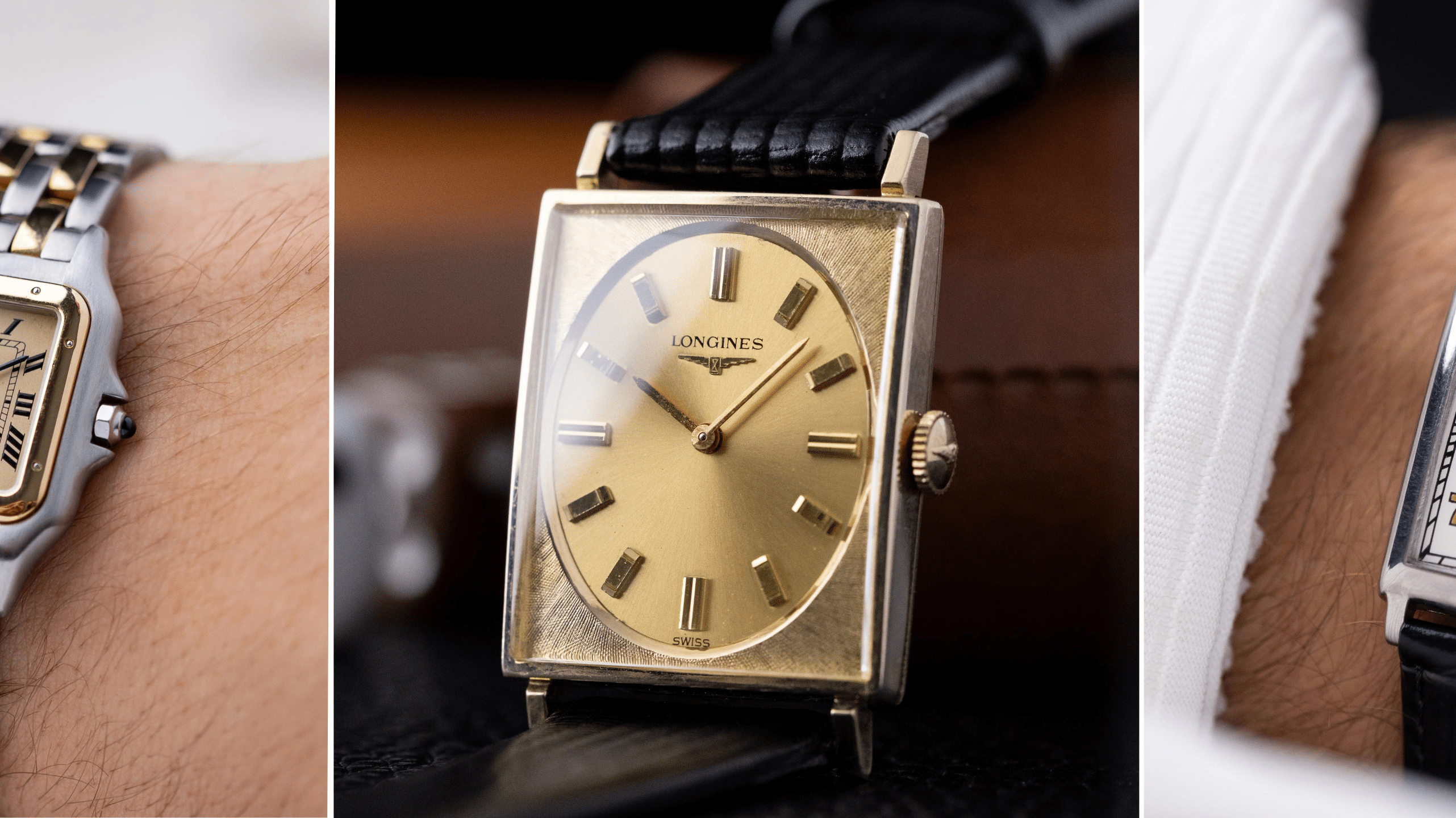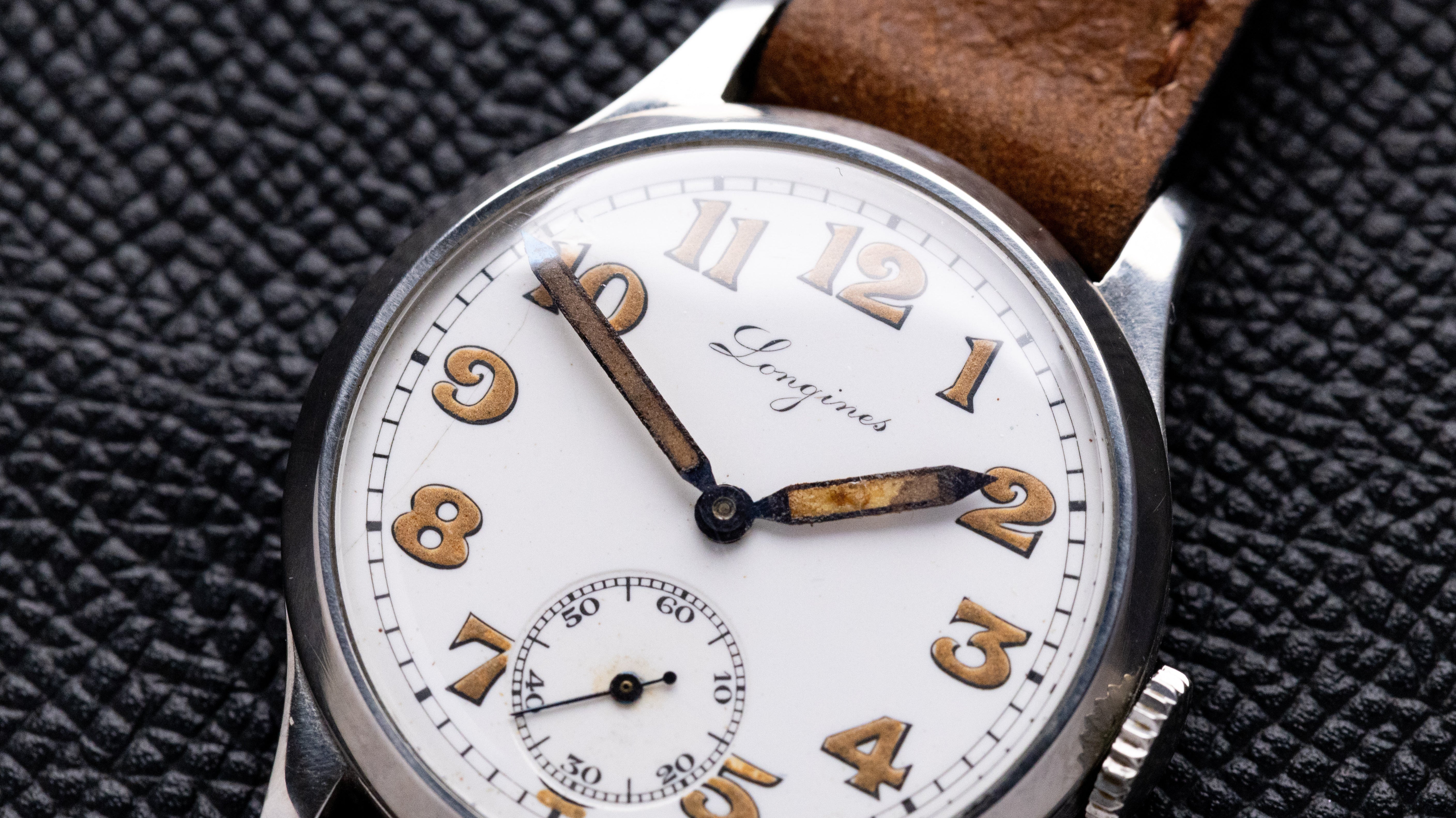Wearing a watch every day is a great way to enjoy its design and craftsmanship, but it also means putting it at constant risk. While most of us are careful not to drop or scratch our timepieces, many lesser-known habits can slowly — or sometimes suddenly — destroy a watch. Here are ten common mistakes that could cut your watch's life short.
1. Sauna Sessions
Saunas might be good for your health, but they’re terrible for watches. The combination of intense heat and humidity causes different materials in the case — like steel, glass, and rubber seals — to expand at varying rates. This can compromise the integrity of the case, making a once water-resistant watch suddenly vulnerable even to hand-washing.
2. Over-Winding
Winding your mechanical watch too often or too aggressively is a fast track to early wear. The mainspring exerts strong pressure inside the movement, and if it’s constantly fully wound, internal components wear out faster. The result? A costly service visit far sooner than expected.
3. Letting It Sit Too Long
Not winding your mechanical watch for a year isn’t harmless either. Lubricants inside the movement can thicken or dry out if left unused, leading to poor performance or even damage once the watch is back in motion. A watch needs to run periodically — like an engine, it doesn't do well sitting idle.
4. Contact with Cologne or Perfume
One drop of cologne on the crystal can permanently cloud plastic-based watch glasses. Even more, perfume chemicals can stain or corrode rubber straps, gold plating, and other case coatings. And don’t think fancy hand creams are always safe — some are just as destructive to finishes.
5. Believing in Indestructibility
Shock-resistant doesn’t mean indestructible. That label typically refers to mild protection against everyday knocks, thanks to shock absorbers around the balance wheel. It doesn’t mean your watch can survive a drop from the 9th floor or a run-in with your car tire. Leave the stunts to the marketing department.
6. Continuous Vibration
While it may not seem obvious, constant vibration — like driving a car with unbalanced wheels or using heavy power tools — can be just as harmful as a hard bump. Over time, this shakes internal parts loose, misaligns components, and causes accuracy issues.
7. Setting the Time at Midnight
If your watch has a date function, avoid setting the time between 8 PM and 3 AM. That’s when the date-change mechanism is in action, and turning the hands during this period could strip gears or damage the calendar function entirely.
8. Spinning the Hands Too Fast
Rapidly turning the crown to set the time puts huge stress on delicate internal gears. In some quartz models, spinning the hands also spins the gear train and can cause the stepper motor rotor to over-speed and literally break apart due to centrifugal force.
9. Exposure to Magnets
Though modern watches are more resistant to magnetism, they’re not immune — especially mechanical models. Strong magnetic fields from CRT monitors or speaker magnets can disrupt accuracy or even demagnetize the hairspring, leading to major performance issues.
10. Wool and Watch Cases Don’t Mix
Wool clothing might look sharp, but it’s a surprisingly effective abrasive. Regular friction from sleeves and cuffs can cause scratches and polish wear, particularly on gold-plated or soft metal cases. After a few months, your once-sleek watch might look much more worn than you’d expect.
Final Thoughts
Most of these "watch killers" are avoidable once you're aware of them. With a little mindfulness, your timepiece can stay in top shape for years to come. Whether you're wearing a rugged diver or a vintage dress watch, respecting its mechanical limits goes a long way in keeping it ticking — and looking — like new.








